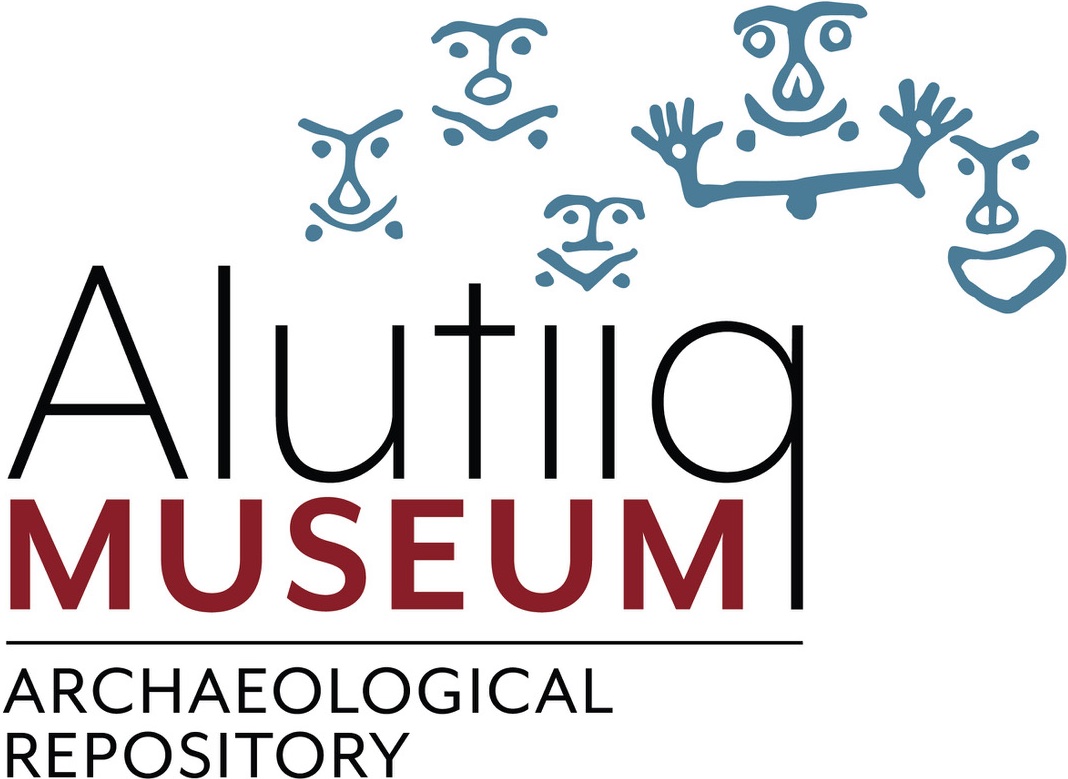Little Afognak — Igwiq
Igwiq ar’ursulengq’rtaallria. — There used to be whalers at Little Afognak.
Little Afognak began as a cluster of small hamlets in Duck Bay on southern Afognak Island. The area had seasonal Alutiiq camps and a Russian settlement that coalesced into a village. There was a Russian workstation in the community until about 1830. When the station closed, some Russian settlers stayed to raise families and the community grew. In the nineteenth century, Little Afognak had a largely Creole population.
At this time, the community was known as Seleznevo. It was named for the Seleznevs—a large, prominent family that built a Russian Orthodox chapel in the village. The community grew potatoes, raised cattle, and hunted whales—and supplied the Kodiak region with these commodities. Village whalers harvested animals from kayaks effectively using the traditional Alutiiq poisoned dart technology.
The village population dwindled in the early twentieth century. Two disasters led to abandonment. First, the 1912 Katmai ash fall decimated plant life. There was little for cattle to eat and hungry bears killed much of the herd. Then a 1918 epidemic of the flu killed entire households. Most of the survivors moved away.
At this time, the community was known as Seleznevo. It was named for the Seleznevs—a large, prominent family that built a Russian Orthodox chapel in the village. The community grew potatoes, raised cattle, and hunted whales—and supplied the Kodiak region with these commodities. Village whalers harvested animals from kayaks effectively using the traditional Alutiiq poisoned dart technology.
The village population dwindled in the early twentieth century. Two disasters led to abandonment. First, the 1912 Katmai ash fall decimated plant life. There was little for cattle to eat and hungry bears killed much of the herd. Then a 1918 epidemic of the flu killed entire households. Most of the survivors moved away.

